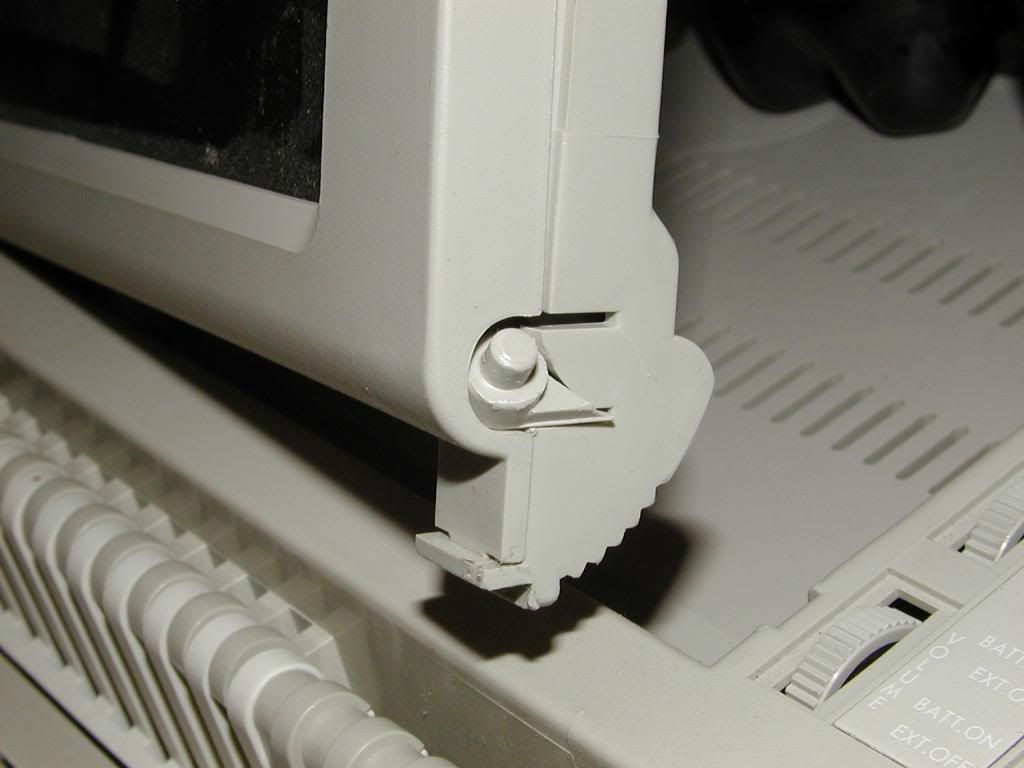NeXT
Veteran Member
I have an Amstrad PPC 512 here and currently the two hinges for the lcd are broken so either I prop it up with something or I look directly down at the screen.


This also means that all that holds it in place is the ribbon cable and that will not last long.
Any ideas on how to fix this?
Also, will the onboard floppy controller accept 1.44mb floppy drives? It would be nice to replace these two 720k drives with something else...


This also means that all that holds it in place is the ribbon cable and that will not last long.
Any ideas on how to fix this?
Also, will the onboard floppy controller accept 1.44mb floppy drives? It would be nice to replace these two 720k drives with something else...
